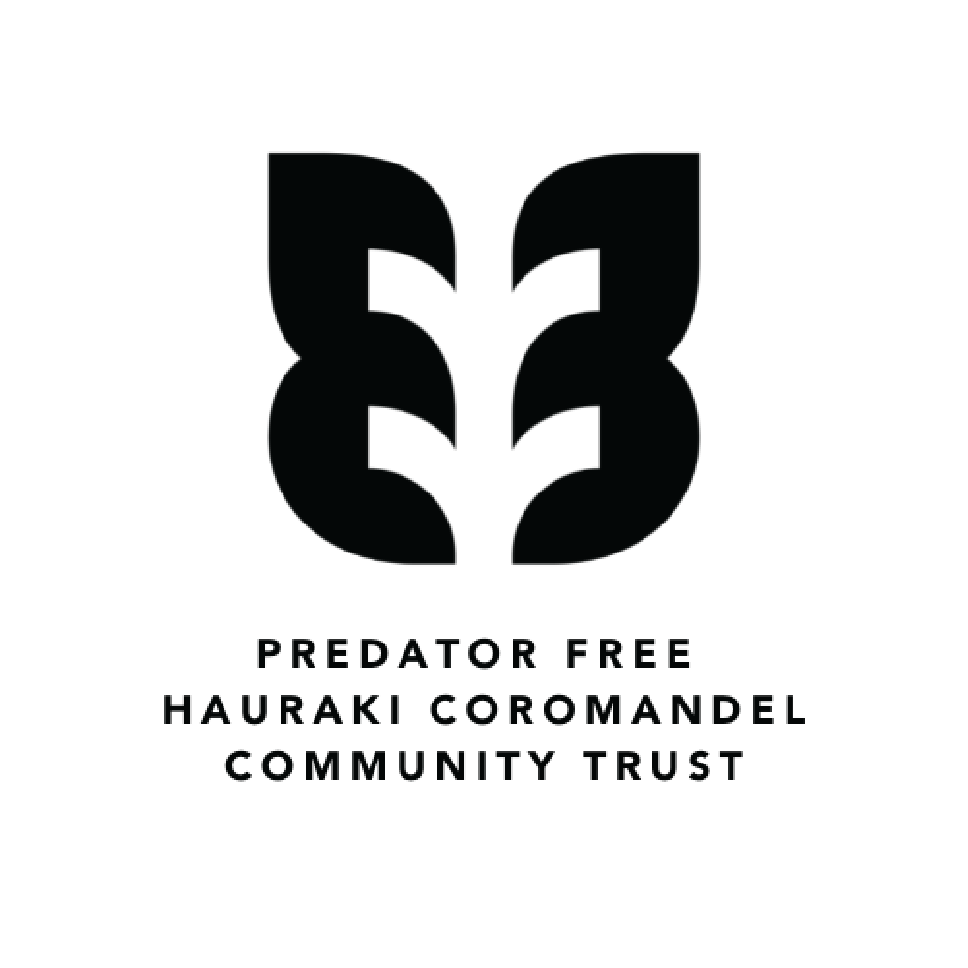From Little Things, Big Things Grow
Tucked away out of sight in a quiet corner of the Coromandel, one small but clever conservation group has made conditions so pleasant for the local birdlife that dotterels are leaving the busy oceanfront and roosting in this protected inland area.
What started as one man’s interest in these endangered birds has grown to a fully-fledged conservation group performing important environmental restoration. Sitting off the straight that barrels off State Highway 25 towards Pauanui, Pauanui Lakes Resort sits in a peaceful elbow between pine-covered hills.

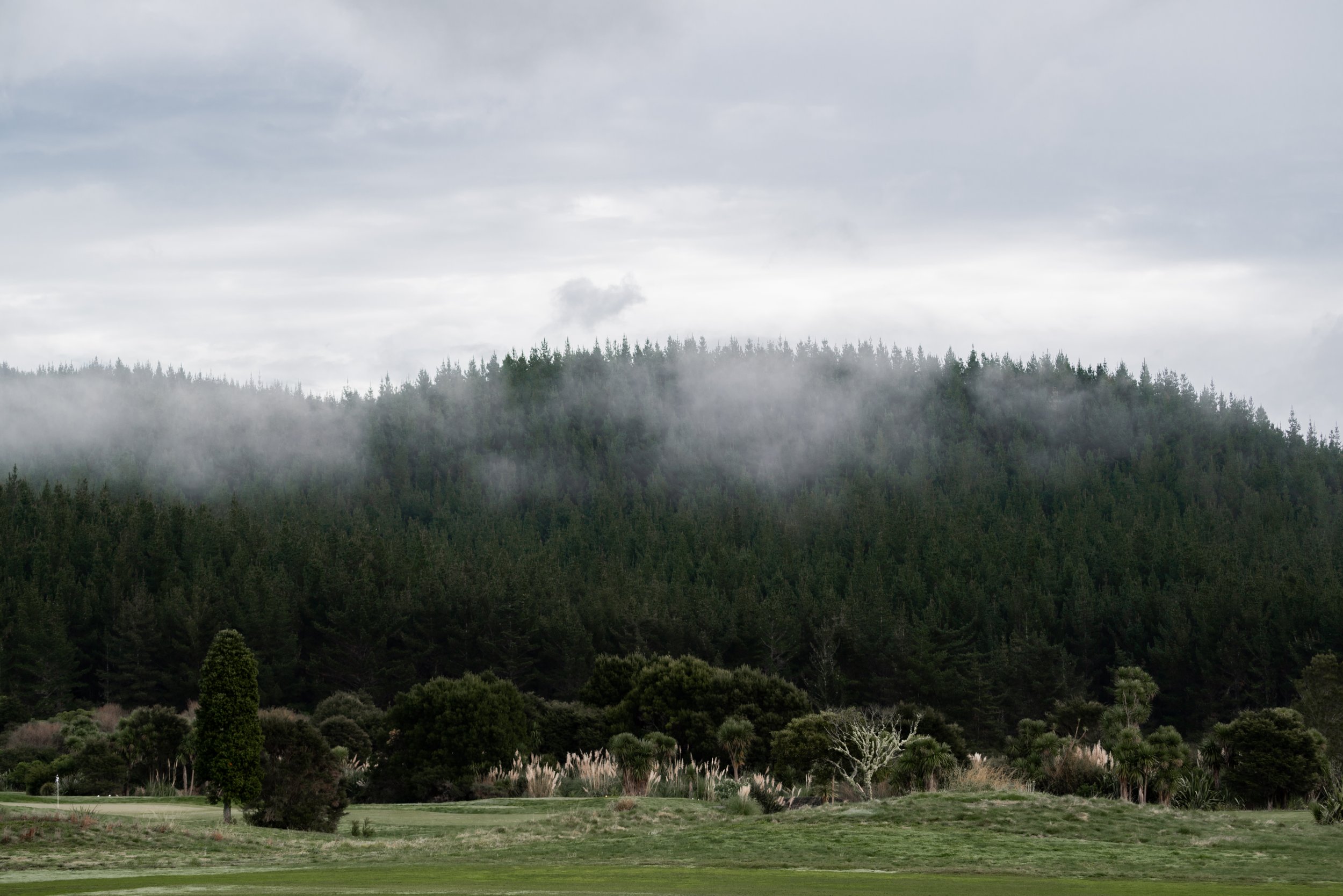
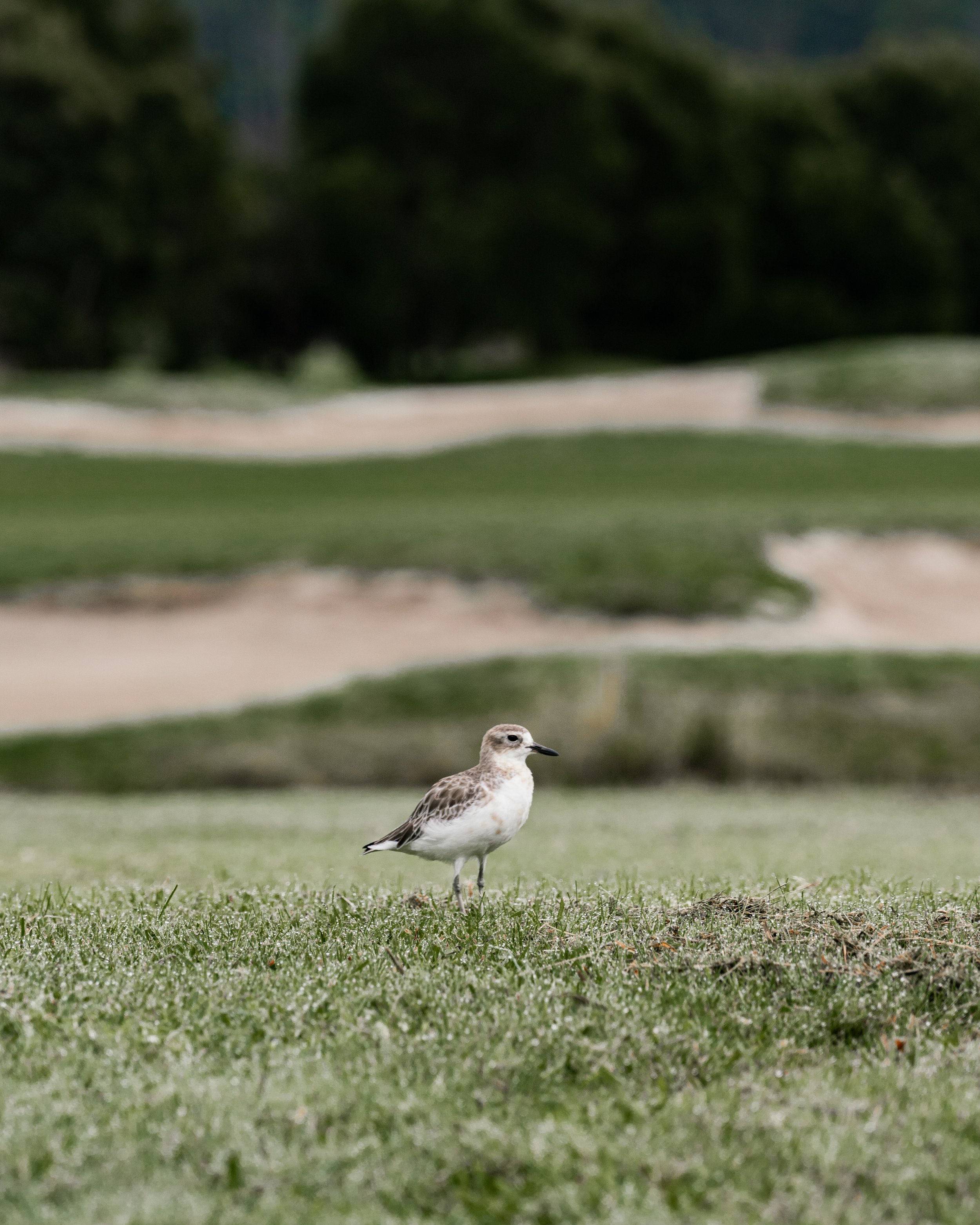
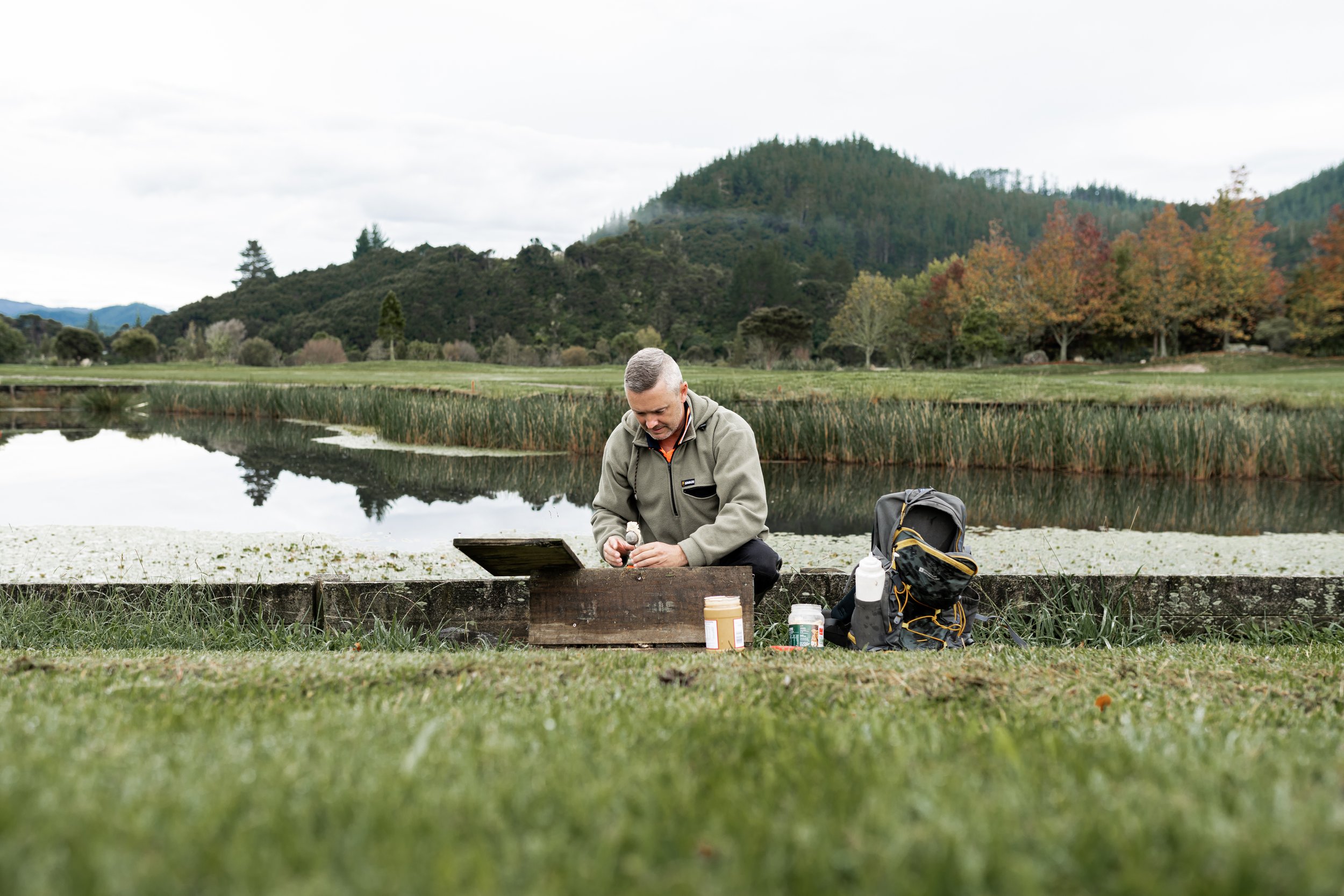
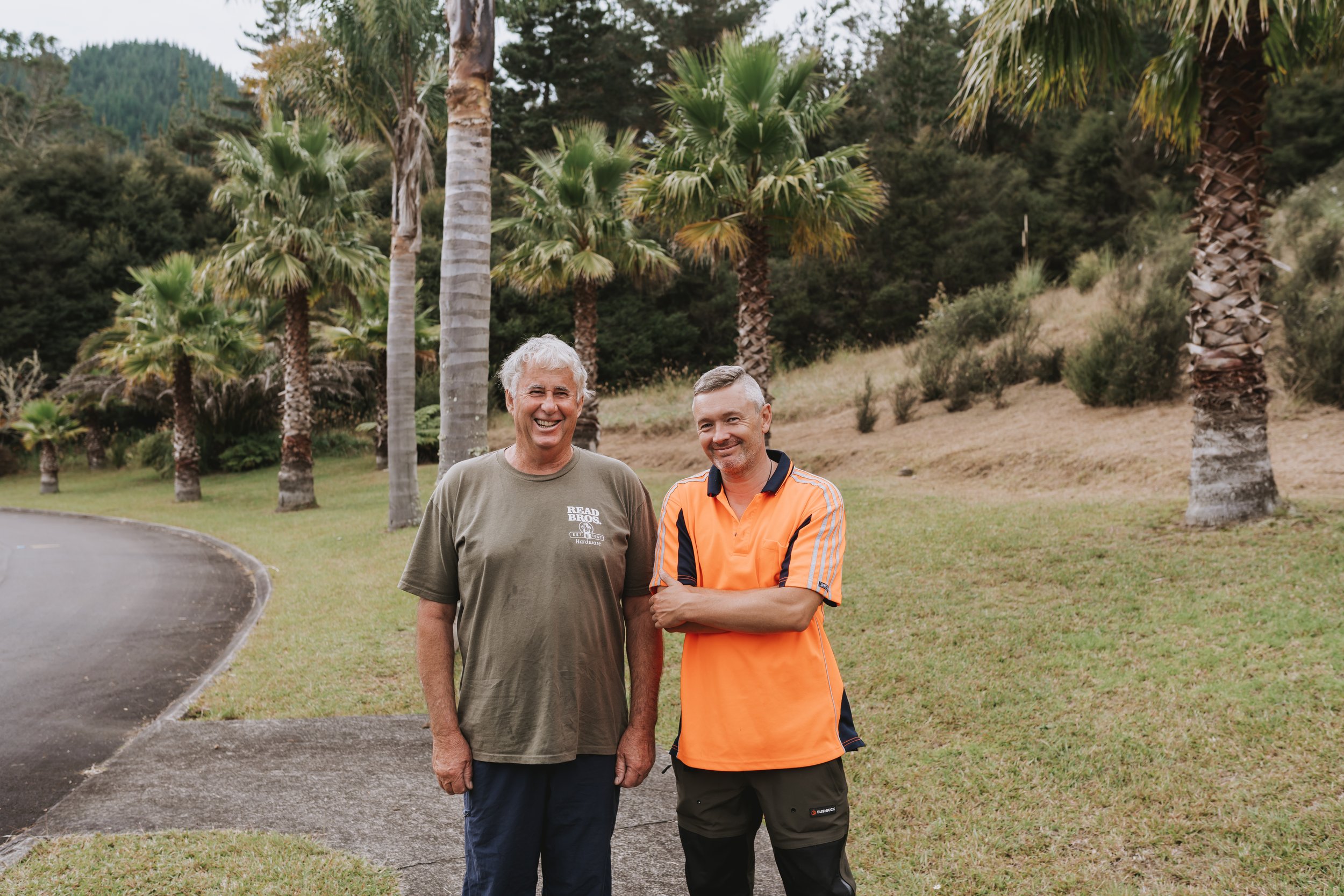
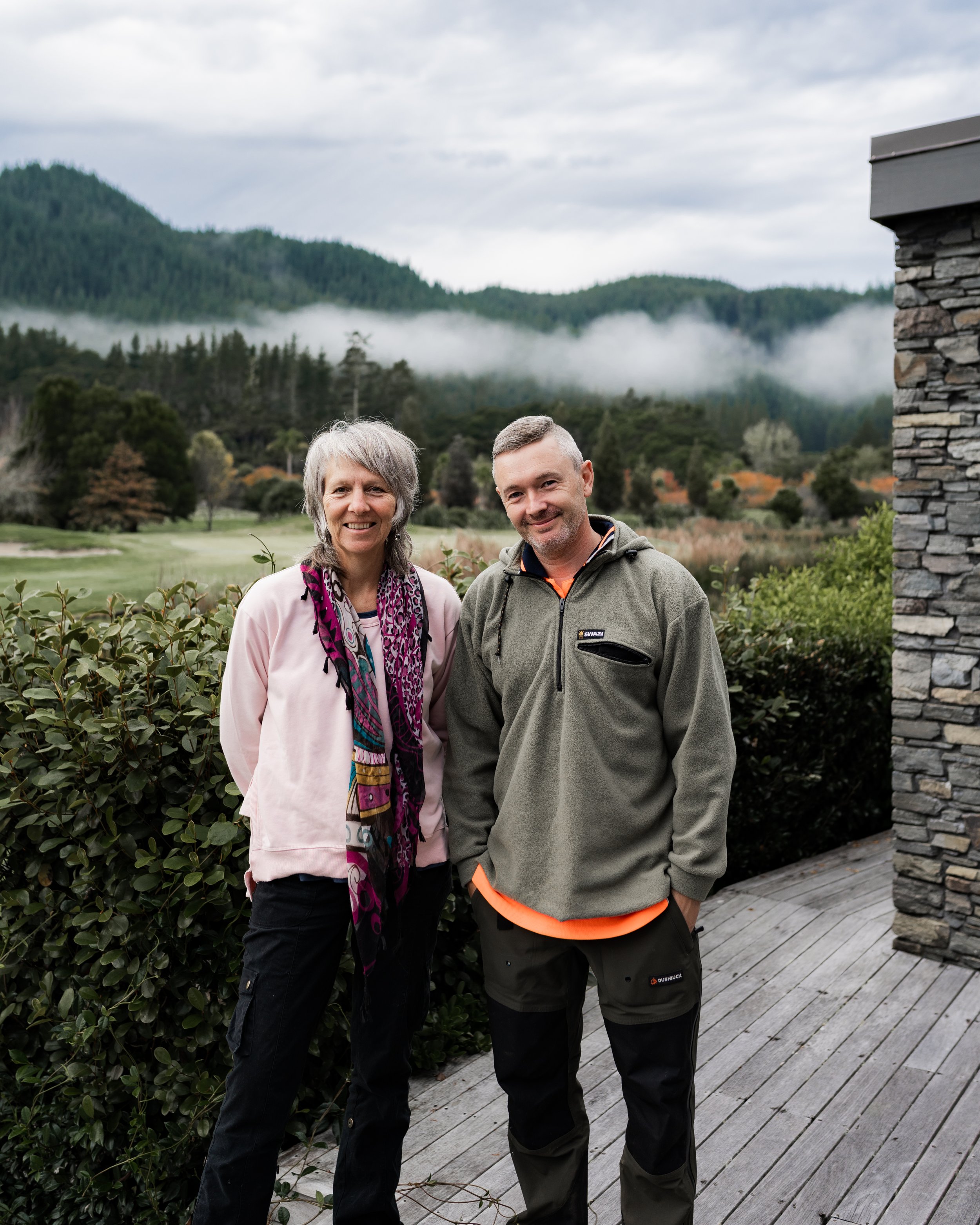
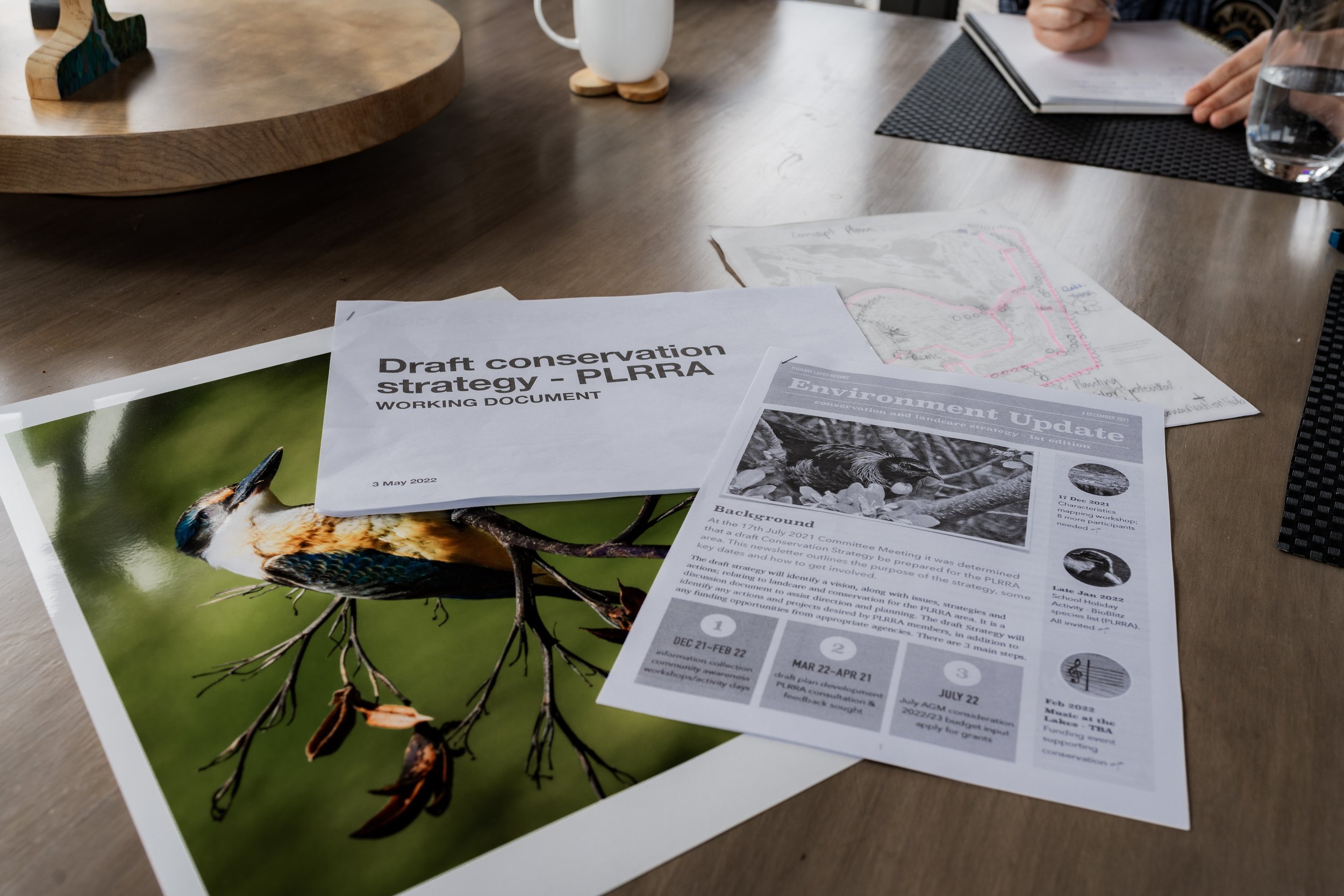
The area is a recognised nature sanctuary with strict covenants regarding conservation, including a strict no dogs, cats or mustelids rule, and a commitment by all landowners to maintain animal and plant pest control. These measures, and others taken by members of the Pauanui Lakes Resort Residential Association (PLRRA), have proved so successful that endangered dotterels, who are classed as shore birds and rarely nest away from the beach, have enthusiastically taken to this protected area.
Tim Ferguson, the groundsman at Pauanui Lakes Resort, first noticed this unusual behaviour in 2004 when the subdivision was being built. Eight dotterels turned up and made themselves at home on the site and patient contractors learned to look out for the birds while operating heavy machinery. Tim noticed leg bands on two of the birds, and tracked them back to DOC, who let him know how critically endangered the birds were. Keen to help, Tim embarked on training to become a dotterel ranger while Waikato Regional Council pitched in with fencing, signs, traps and regular visits and support for the brave feathered explorers.
The developer and the PLRRA were supportive of this conservation effort right from the start, and Tim was encouraged by them. The birds have continued to nest in the area, sometimes right next to houses, and a number of them have even started to sit on roofs, behaviour which Tim doesn’t think occurs anywhere else. Although Tim still looks after the dotterels, he has now handed some of the work on to Phil Wilson, and Tim’s heart warms when he sees Phil racing out to check traplines with his kids in tow. “Conservationists used to be like enemies of the state!"Tim exclaims, obviously thrilled that the world has moved forward with him.
Phil describes his predecessor Tim as a “silent warrior” but Phil’s trapping kit and technique are also incredibly impressive. Watching Phil attend to his traps is like seeing a tiny house renovation over and over again. Phil removes the lid, carefully photographs and logs the catch via Trap.NZ, scrapes the trap clean with a palette knife, and re-baits and sets the trap. The trap then gets an enticing blast of vanilla from a repurposed nasal spray bottle, and then a trail of blaze (flour mixed with spices to attract predators) is poured out to form a fragrant front path. Phil then repeats this routine for dozens of traps, performing this Traps: Home Makeover edition every three or four days.
Phil’s 250 traps nearly surround the Pauanui Lakes Resort, skirt along the pristine wetland and go deep into forestry. The diversity of the line has meant Phil has forged relationships with forestry, pig hunters, and also the birds he is protecting as Phil often chats to the fernbirds he is hearing with more and more regularity in the wetlands. Other endangered birds are also benefiting from the trapping, with bittern/matuku, banded rail/moho pererū , brown teal duck/pāteke, dabchick/weweia all flourishing in the area as their predators decrease. One neighbour also recently counted 20 kingfisher/kōtare while driving down his road!
The group has learned to play to people's strengths to achieve tangible outcomes. Sharon Stannard was unaware of the conservation significance of the area when she bought her house, but now takes delight in seeing dotterels coming right up onto her deck. Sharon has a background in planning and policy which lends impressive weight to the future plans of the group, with a conservation hub, planting of a native fauna corridor and networking events all in her sight. Much work has already been done in terms of funding through events and sponsorship, and although Covid has gutted many plans in the last year, the group are hoping that with more settled times ahead, a music event will become an annual fundraiser.
“Everyone has a diversity of ideas around conservation and we want to bring as many people along with us as possible” says Sharon, “it's about creating communities”. The community being created is a supportive one, with generous residents providing traps, plants, cages and even seats. The group’s Facebook page sports nature photography of a professional calibre as a couple of members are keen photographers. An Environment newsletter updates residents on both the successes and failures, and also gives practical advice, such as placement of bird baths and window decals to reduce bird strike. It’s clear to see Sharon’s point that strategy has created better coordination with other stakeholders: “A plan gives people a vision they can buy into and a way forward”.
The gentle pace of progress (around six new homes built in the area each year) allows the group to keep on top of pest control and planting work, because as Phil says, “Nature wants to thrive here, it just needs a bit of a hand”. The community attitude that conservation doesn’t stop at property boundaries also inspires this thriving. By thinking of the conservation efforts as a community-wide project, PLRRA are inviting all on the journey to protect and restore their unique habitat.
The PLRRA would like to give thanks for conservation support at the lakes made by all individuals, agencies and groups. Specific mention must be made of Sydney Atkins for his personal photography and of the following businesses who provide vital sponsorship; Vertical Logistics Ltd, Mitre 10, New Zealand Home Loans Pukekohe, Harcourts Pauanui, Thames Mitre 10, Hammer Hardware Tairua, Rayonier Matariki Forests, Pauanui Lakes Residents Association, DOC, Duck Creek Body Corp., and Adams Electrical, Paeroa.
Article by: Carolyn Wadey-Barron
Photography by: Savannah Walker
If your community conservation group would like to share your story and be featured on our blog, please get in touch! If you are interested in volunteering in the Hauraki Coromandel head over to our Contribute page and read more.

